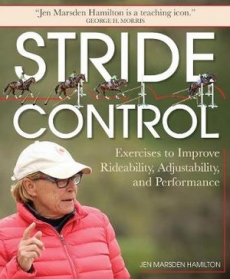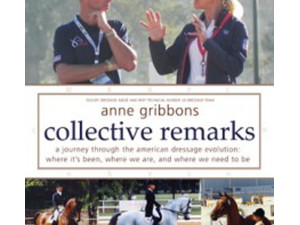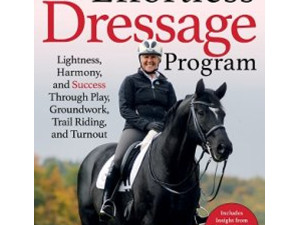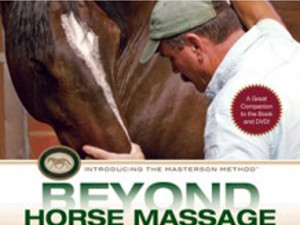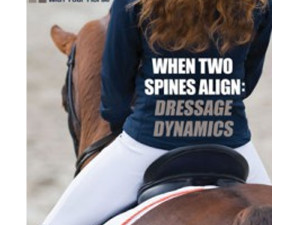Stride Control
Stride Control
$45.00
Stride Control
AUTHOR: JEN MARSDEN HAMILTON
Understanding and implementing stride control (being able to adjust the number of strides before and between fences) improves a horse’s rideability and allows the rider to further improve the horse’s technique over an obstacle. Jen Marsden Hamilton discovered striding from former US Show Jumping Chef d’Equipe George Morris, who credits her as being the first student to whom he taught the method that he’d learned from Bertalan De Némethy, one of his mentors.
Stride control is an essential part of any rider’s development when jumping obstacles, and jumping them well, is a goal. Paperback, 176 pages, illustrated
Out of stock
CompareDescription
Stride Control
Stride control is an essential part of any rider’s development when jumping obstacles, and jumping them well, is a goal. Now, after coaching countless riders and horses around the world in the striding techniques that brought her success during her own impressive competitive career, and Hamilton has compiled her knowledge in a concise book of exercises and insightful strategies.
This fun, approachable guide will help all riders train with correctness and form good habits at home so they can be stars at their next jumping or eventing competition. Exercises include detailed set-up instructions and illustrations for reference; clear discussion of the purpose and strategy for the training session; and helpful tips, to ensure all involved are benefiting from the lesson. Throughout, Hamilton’s straight-talk and wry humour entertain as well as advice, providing an all-around superb guide to a necessary jumping skill.
Related products
Collective Remarks Anne Gribbons
Collective Remarks Anne Gribbons $39.95Collective Remarks Anne Gribbons Paperback
A journey through the American dressage evolution- where it’s been, where we are and where we need to be.
Almost 20 years Anne provided commentary on the state of dressage in the Unites States and around the world.
Anyone with an interest in dressage, its controversies, and its most famous names, will enjoy Anne’s stories, but the true value is in her ideas for improving our horses, our riders, and our ability to compete on the international scene with success and integrity in the years to come.
Uta Graf’s Effortless Dressage Program
Uta Graf’s Effortless Dressage Program $49.95Uta Graf’s Effortless Dressage Program Paperback
Top international dressage rider Uta Gräf has made a name for herself as a trailblazer in the competitive dressage world as she strives to combine the highest levels of performance with natural horse care in observance of the needs of the equine body and mind.
Acknowledging the individuality of each horse and including specific problems and solutions, Graf provides a hands-on guide to following competitive ambition in the dressage ring while keeping what’s best for the horse in mind. The key, above all, is keeping tension and rushing and anxiety at bay; with Graf’s guarantee that her system will keep horse and rider “worry-free,”
Beyond Horse Massage Wall Charts
Beyond Horse Massage Wall Charts $36.95Beyond Horse Massage Wall Charts
By Jim Masterson – Spiral Bound
International bestseller Beyond Horse Massage Book and DVD, Jim Masterson, creator of the Masterson Method, has received countless requests for an easy-to-use visual aid to always have on hand in the barn. The result of this popular demand are these large-format hanging wall charts, clearly providing the quick-reference photos and step-by-step instructions for 13 Masterson Method techniques.
When Two Spines Align
When Two Spines Align $69.95When Two Spines Align Dressage Dynamics by Beth Baumert Hardback
Within riding exists a fundamental conflict of interest: The rider needs to have control— confidence depends on ability to control the balance of own body as well as that of a very powerful horse. The horse, by nature, needs to feel free—free in both mind and body to express himself through physical movement.
Readers will discover how to use “positive tension” and what the author calls the four physical “Powerlines”—Vertical, Connecting, Spiraling, and Visual—to become balanced and effective in the saddle. Readers will then find ways to understand and manage the horse’s balance and coordination challenges, including the fact that he is inherently crooked and naturally inclined to do too much with his front end and not enough with his hind.

